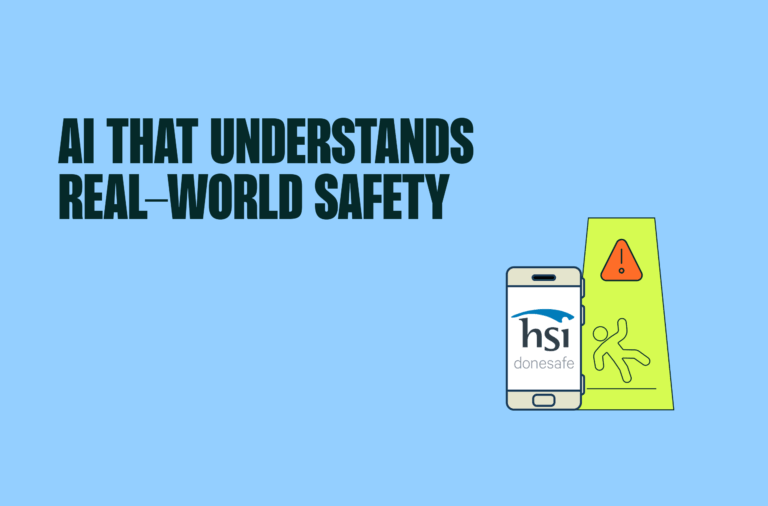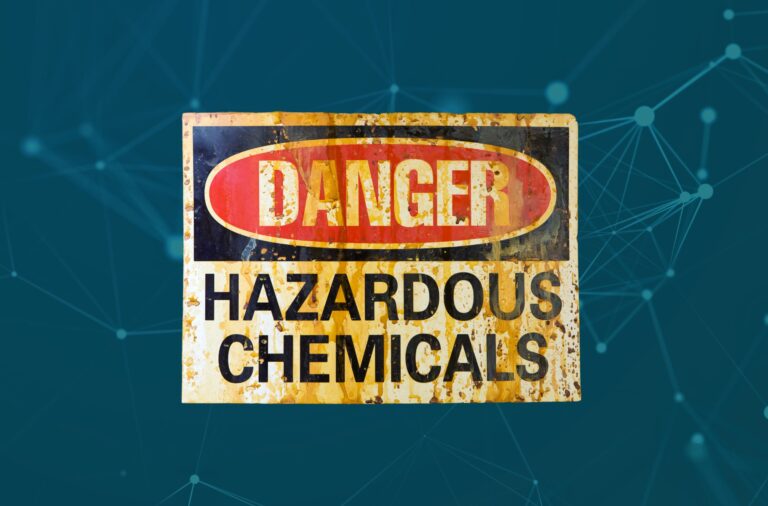
How to Use Automation to Take the Pressure Off EHS Compliance Management
Too often, EHS work gets buried under admin. You’re chasing overdue actions. Copying and pasting data into a spreadsheet. Preparing for the next audit before the last one’s even closed. You’re supposed to be managing risk, but you’re drowning in follow-ups. Compliance isn’t the problem. It’s how we’re doing it.
When compliance relies on manual processes and scattered tools, it slows everything down. It leaves less time for what really matters, engaging teams, fixing hazards, and building a culture where people go home safe. This article explores how automation can lighten the load, where it delivers the most impact, and how to get started with the right tools.
What EHS Automation Really Means for Safety Teams
For many safety teams, the tools used to manage compliance haven’t evolved with the demands of the job. Spreadsheets, emails, and paper checklists still dominate, even as operations grow more complex and expectations rise.
The result? Less time for safety leadership, and more time spent chasing updates, preparing reports, and staying audit-ready. According to the 2024 Global EHS Readiness Report, teams using manual systems spend about 35% more time on administrative work than those with integrated platforms.
But it’s not just about time. When critical tasks depend on manual tracking, important details can easily fall through the cracks, like a missed follow-up, a hazard report no one sees, or training that doesn’t get recorded.
EHS automation changes that. It keeps workflows moving without the constant need to check in or follow up. The right steps happen, the right people get notified, and nothing gets lost in the shuffle. With that in mind, let’s look at where automation can make the biggest impact in your day-to-day EHS work.
Top EHS Workflows to Automate for Faster, Safer Compliance
Some EHS tasks demand hands-on attention. Others can, and should, run in the background. The key is knowing which processes benefit most from automation. These aren’t nice-to-haves. They’re areas where small efficiencies can snowball into major gains in safety performance and compliance confidence.
Permit to Work
Manually managing permits creates delays and opens the door to error. Missed signatures, lost paperwork, or unclear approval steps can stall operations, or worse, allow unsafe work to begin.
With automation:
- Permits follow a set process, with digital sign-offs at each stage.
- Supporting documents are linked directly to the job.
- Teams can track permit status in real time, improving coordination between safety, operations, and contractors.
Corrective Actions
Follow-up is where many safety systems falter. A root cause is identified, actions are assigned and then progress stalls in someone’s inbox.
Automated systems:
- Assign tasks instantly after an investigation is completed.
- Set deadlines based on risk level or priority.
- Notify stakeholders if deadlines are missed, keeping momentum going without the need for manual follow-ups.
Incident and Hazard Reporting
Delays in hazard reporting can stop issues from being resolved in time. Many incidents go underreported because the process takes too long or is hard to access in the field.
With automation:
- Field teams can report from their phone or tablet, no paperwork required.
- Reports are routed immediately to the right person, with no bottlenecks.
- Investigations and corrective actions can begin the same day, reducing risk exposure.
Once you know where automation fits best, the next step is figuring out how to start without overwhelming your team or disrupting daily operations.
How to Start Automating EHS Tasks Without Disrupting Your Team
EHS management can be complex, and automation works best when it’s targeted, intentional, and backed by the people using it. Start by identifying where your team is struggling the most.
Look at:
- Tasks that get repeated frequently.
- Processes that slow down compliance reviews or audits.
- Points where information often gets lost or delayed.
Don’t overlook the people side. Automation can raise concerns about complexity or job changes. Be transparent. Invite feedback. Show frontline teams how the system supports their work, not just the business goals. Use their input to shape the rollout and keep things relevant.
You’ll also want to track your progress. What’s the impact after 30, 60, or 90 days? Fewer overdue actions? Faster hazard closeout? These wins help make the case for future investments and reinforce that the changes are working.
Getting that first automation win is key, but the tools you use to get there will shape the long-term success of your programme.
Choosing the Right EHS Automation Platform: Features That Matter
The best EHS automation platform doesn’t just replace your paperwork. It replaces the lagged data, the delays, and the siloed systems that create risk. Here’s what to look for:
- Configurability Without Code: Every organisation has its own way of working. You need a system that adapts without relying on IT or expensive custom builds. Drag-and-drop builders and form editors make it easy to adjust workflows as your needs change.
- Mobile-First Design: Safety doesn’t happen behind a desk. Your platform should be just as easy to use in the field as in the office. Workers should be able to log incidents, complete checklists, and view tasks from their phone, simply and easily.
- System Integration: EHS doesn’t exist in a vacuum. The platform should sync with HR, asset management, and training systems to avoid double entry and keep information aligned across the business.
- Unified Data and Visibility: Too many tools create data silos. A strong platform pulls everything together, hazards, training, audits, risk assessments, so you can see trends, flag gaps, and act faster.
Once you’ve found the right tools and the right approach, you’re in a strong position to move from reactive safety work to proactive leadership, and that’s where HSI Donesafe comes in.
How HSI Donesafe Helps EHS Teams Shift from Admin to Action
Automation isn’t an added bonus, it’s how safety teams take control of their time and focus on what really matters. HSI Donesafe is built to make that possible. It’s a unified platform that connects your safety, compliance and risk data, and keeps critical tasks moving without the constant need for follow-up. No code. No clutter. Just one platform that works the way your team works.
With HSI Donesafe, you can:
- Automate EHS workflows, incident management, audits, training, and more
- Configure processes without code so you can move fast, without relying on IT
- Surface real-time data to see what’s working and where you need to act
- Centralise your compliance activity with a wide range of ready-to-use modules or create your own
- Engage your workforce through a simple, mobile-first experience that encourages participation
Whether you’re digitising your first process or streamlining a global safety program, HSI Donesafe gives you the flexibility to build what you need, without the complexity. If you’re ready to reduce manual effort, improve audit readiness, and make compliance easier for everyone involved, we’re ready to help. Get in touch or schedule a demo today.
Share:


